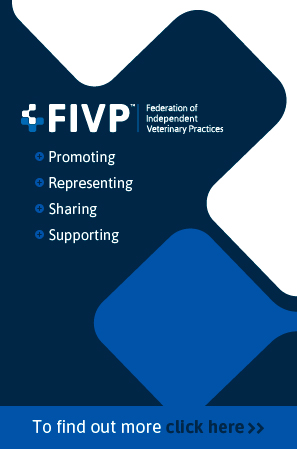Edinburgh Zoo names newborn monkeys after Taylor Swift
Elf and Zecca will take turns looking after the twins, Taylor and Swift.
Edinburgh Zoo has welcomed the birth of two critically endangered cotton-top tamarins – and has named them ‘Taylor’ and ‘Swift'.
The newborns’ names were inspired by the presence of the international pop singer in Edinburgh, as ‘Taylor Swift: The Eras Tour’ arrived in the Scottish capital last weekend.
Taylor and Swift were born in the Royal Zoological Society of Scotland (RZSS) conservation zoo on Tuesday, 4 June, to first-time mum Elf and dad Zecca. The family of four are now living happily together in Edinburgh Zoo’s primate zone.
Despite being tiny when born, baby cotton-top tamarins weigh up to 15-20 per cent of their mother’s weight.
A family unit of cotton-top tamarins will normally consist of two to nine primates.
Parenting duties will be shared between Elf and Zecca, as they take turns carrying the twins on their backs. Taylor and Swift are expected to become more independent at around five months old.
These rainforest-dwellers are critically endangered, as the species sees habitat loss around the world.
With population numbers decreasing, the conservation team are particularly excited about the new arrivals. It hopes that Taylor and Swift will encourage visitors to think about the threats facing wildlife, and consider the action that they can take to protect the environment.
Lorna Hughes, primate team leader at Edinburgh Zoo, said: “It is incredibly exciting to welcome our newborn cotton-top tamarin twins, Taylor and Swift.
“Unfortunately, the species is one of the most endangered primates in the world due to extensive habitat loss, so this birth is really special.”
In honour of the cotton-top tamarins’ celebrity namesake, ‘Taylor Swift: The Eras Tour’ attendees were offered discounted entry from 7 June- 9 June.
Image © RZSS



 The Federation of Independent Veterinary practices (FIVP) has announced a third season of its podcast, Practice Matters.
The Federation of Independent Veterinary practices (FIVP) has announced a third season of its podcast, Practice Matters.